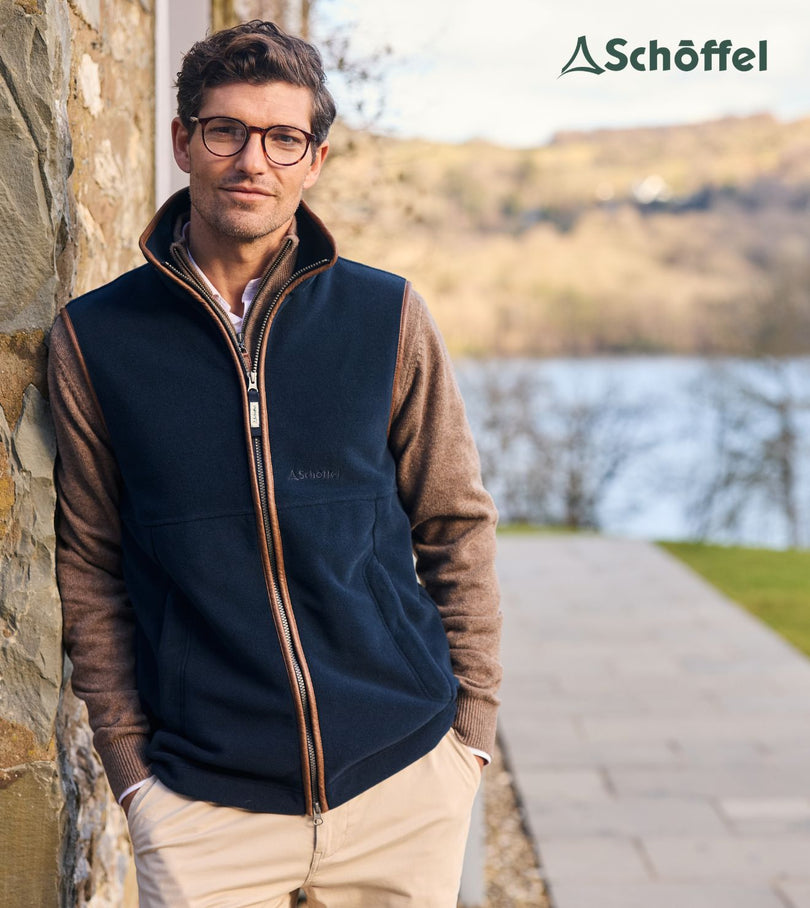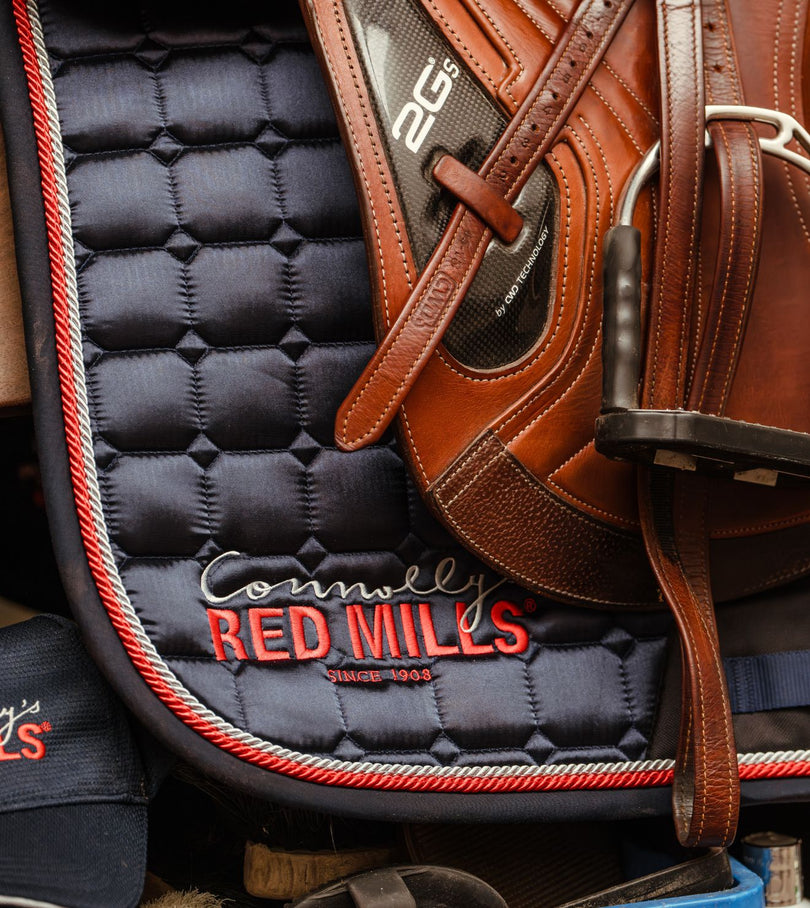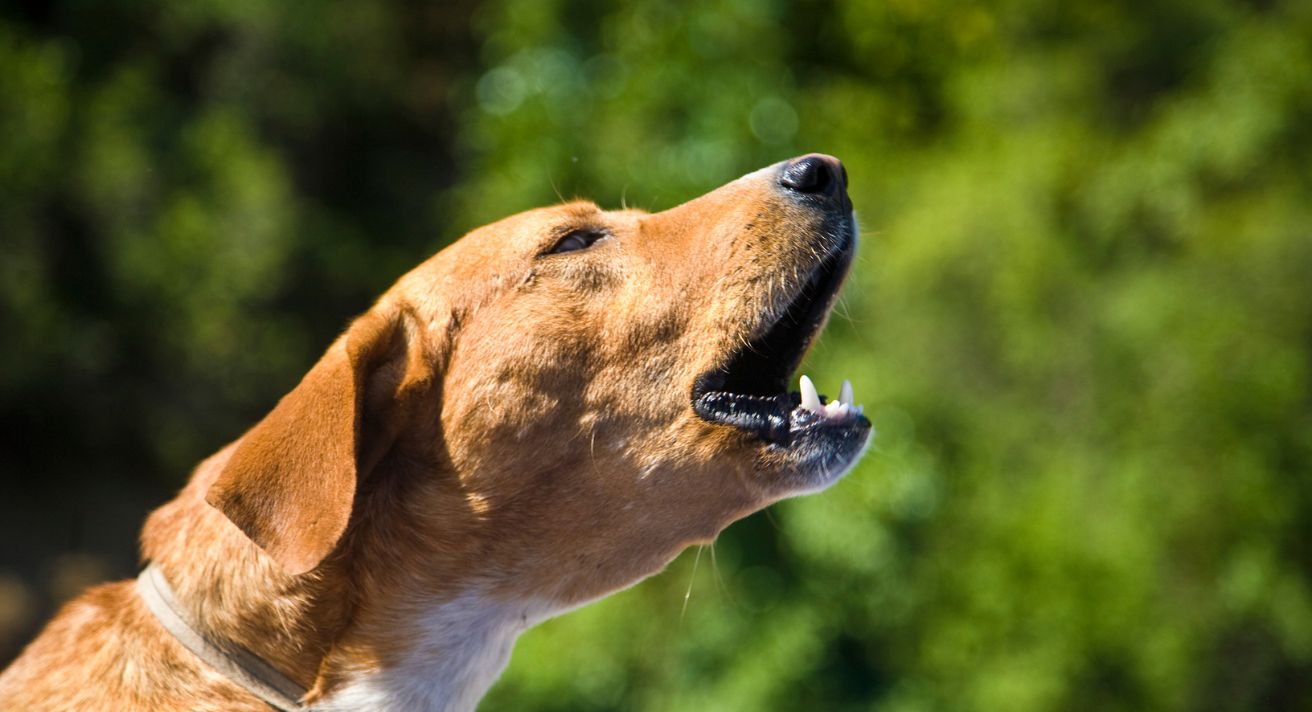Blog by Irene Hislop
While a dog’s love for their human is constant and unconditional, their bodies do change with age. Their joints particularly have different needs during the three stages of a dog’s life: puppyhood, adulthood and old age. This is why dogs need different foods at different ages. As owners, we can do a lot to influence how well our dogs’ joints age by managing their nutrition and exercise appropriately. Taking care of joints at all ages can spell a happy puppy through their whole life!
Pups: Getting a Solid Start with Joint Health
We tend not to think of young dogs as having joint problems, but we do need to be mindful of their development. Those joints are stilling developing in your pup’s first year – longer in large and giant breeds. It’s important not to overdo exercise with puppies because walking or playing for too long can cause lifelong joint problems. Short stints of exercise with plenty of time for naps are best for pups. And of course, good nutrition is crucial as they grow and develop. Some large and giant breed dogs benefit from being spayed or neutered later; it actually improves their joint health for life because of the role of hormones in their early development.
Adult Dogs: Diet and Exercise for Healthy Joints
Regular exercise is the best thing you can give an adult dog for healthy joints. Extra weight puts extra strain on those joints, wearing them down prematurely. It takes discipline to get out walking in the autumn and winter when the weather is cold and damp, but the reward is a longer, healthier life. As your dog goes from a young adult to a more mature dog, it helps to get choosy about their treats. Go for lower calorie treats with great taste and joint-supporting nutrients to help them stay fit. Good rain gear for you and your best friend make it easier to get out in all weather for a daily walk.
Senior Dogs: Care for a Comfortable Old Age
When your dog is showing signs of aging, it’s time to talk to your vet about switching to senior dog food. Different types of dogs have a different life span and age differently, so there is no one age for starting senior food. It depends on your dog. When you switch, pick a high quality food with plenty of glucosamine and chondroitin to support their joints. Exercise is still important, but as your dog ages, your walks might be slower and a little shorter. But don’t give up your daily walks. They are a vital part of keeping your senior dog healthy and happy, even when you are going at a pace that doesn’t feel like exercise for you. If your dog does tricks, it might be time to retire any that put an excess stain on their joints.
Aging is inevitable. But how our dogs age is down to a combination of genes, diet and exercise. We can control two of those three to give our beloved pets the longest, happiest life possible.













